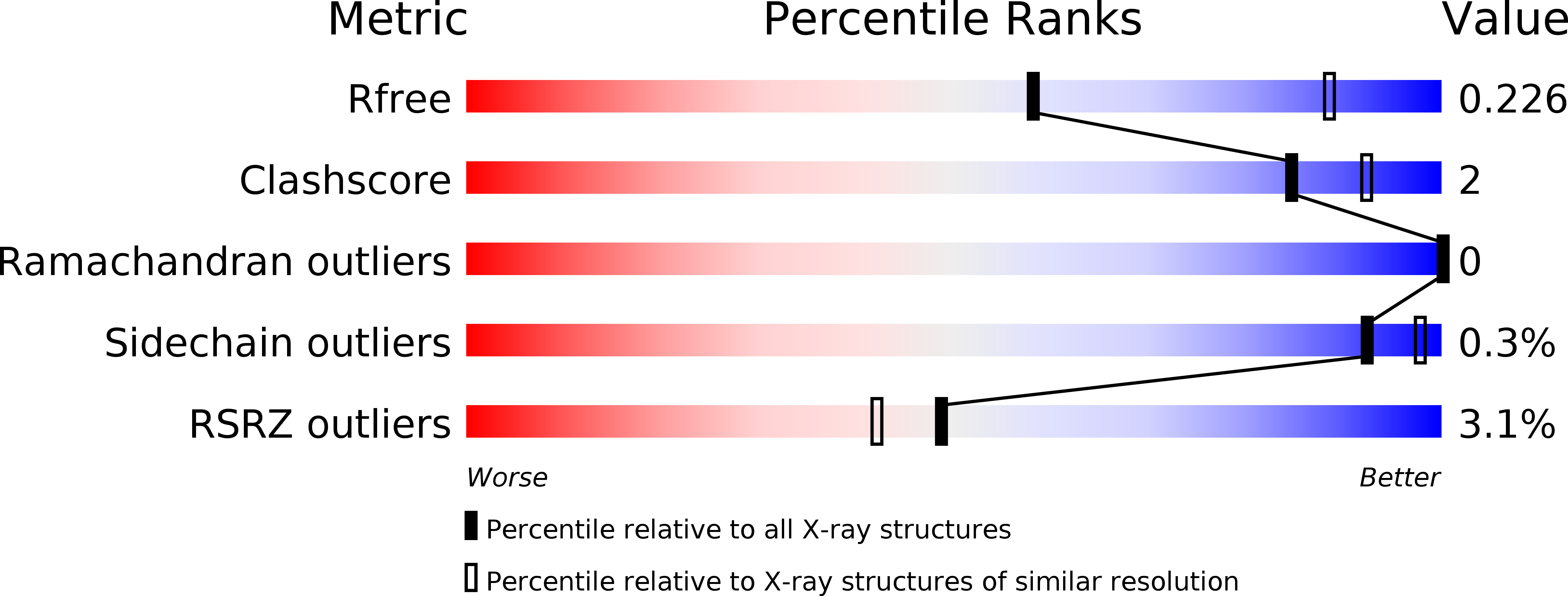
Deposition Date
2015-03-24
Release Date
2016-04-13
Last Version Date
2025-04-09
Entry Detail
PDB ID:
4UHK
Keywords:
Title:
Crystal structure of the receiver domain of CpxR from E. coli (phosphorylated)
Biological Source:
Source Organism:
ESCHERICHIA COLI (Taxon ID: 83333)
Host Organism:
Method Details:
Experimental Method:
Resolution:
2.60 Å
R-Value Free:
0.23
R-Value Work:
0.18
R-Value Observed:
0.18
Space Group:
P 21 21 2


